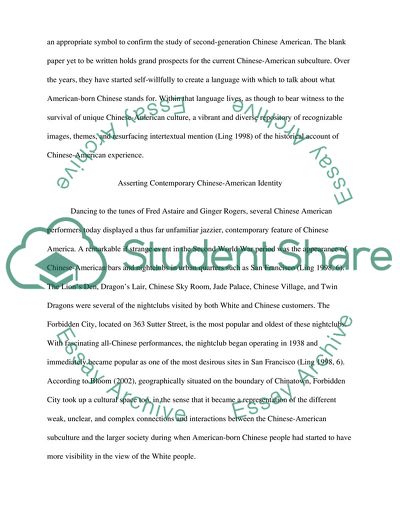Cite this document
(“The Dilemma of Contemporary Chinese-American Subculture Essay”, n.d.)
Retrieved de https://studentshare.org/sociology/1585275-the-dilemma-of-contemporary-chinese-american-subculture
Retrieved de https://studentshare.org/sociology/1585275-the-dilemma-of-contemporary-chinese-american-subculture
(The Dilemma of Contemporary Chinese-American Subculture Essay)
https://studentshare.org/sociology/1585275-the-dilemma-of-contemporary-chinese-american-subculture.
https://studentshare.org/sociology/1585275-the-dilemma-of-contemporary-chinese-american-subculture.
“The Dilemma of Contemporary Chinese-American Subculture Essay”, n.d. https://studentshare.org/sociology/1585275-the-dilemma-of-contemporary-chinese-american-subculture.


